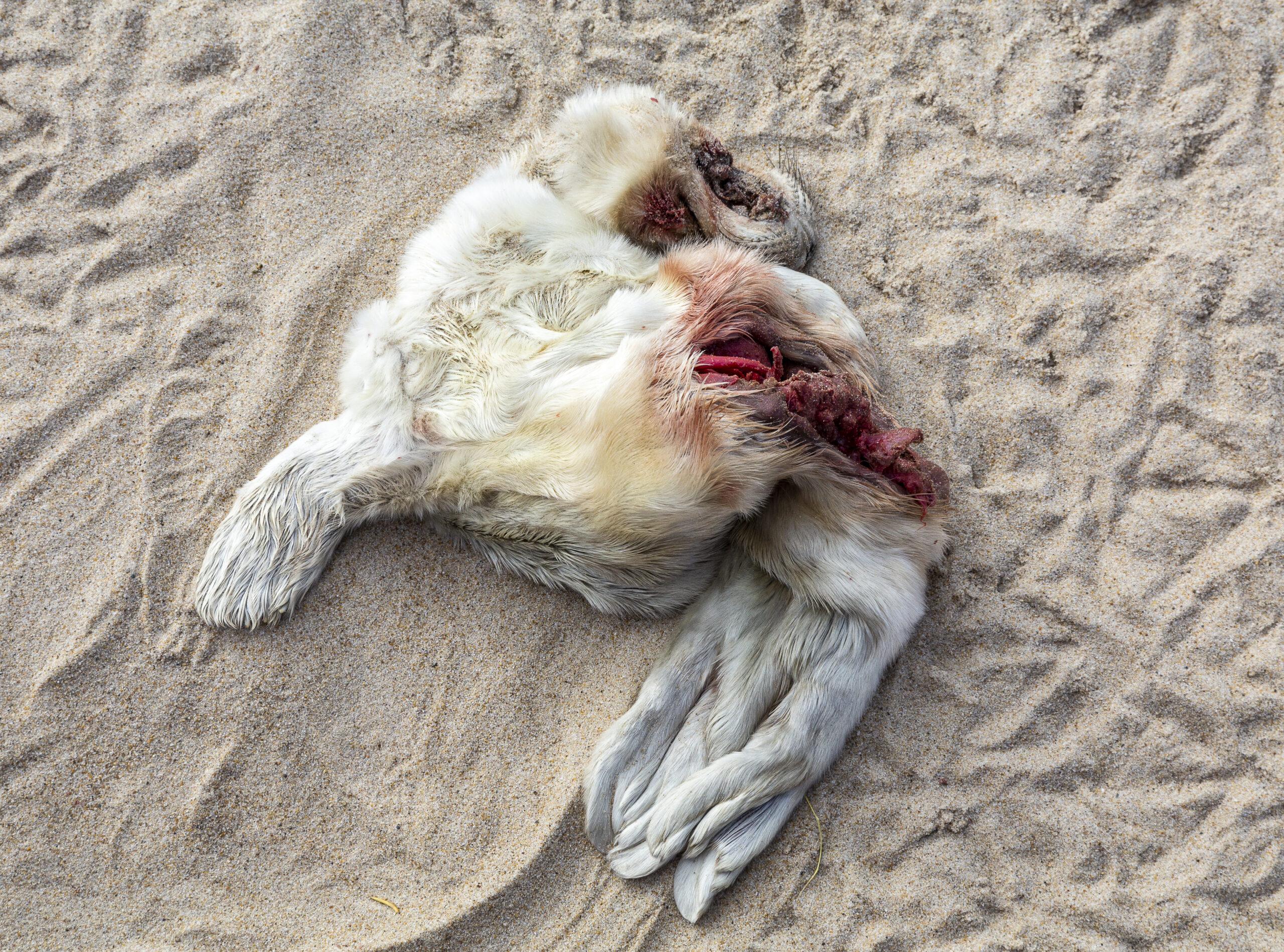NOTE: Shop will be closed until February 14th, 2025 while I am in the field on Sable Island
The Northwest Atlantic Ocean is relentless, powerful, and indifferent to everything that meets its path. One might therefore expect that after departing the eastern coast of Nova Scotia, the next landmark would be Europe. But as unlikely as it may seem, in proximity to the continental shelf lies a sliver of exposed sand.

As you approach the island from the west, you see the West Spit, a stretch of naked sand with waves crashing on either side. Grey seals can be seen rushing from their resting spots to the shelter of the water. As the spit widens, low lying dunes, stabilised by marram grass, appear along its centre and continue into the distance, gaining height and creating the island’s foundation. The next remarkable sight is horses grazing on dunes or trotting along the shore. As the island approaches its widest point, a few buildings appear, and then it gently curves to the northeast and eventually narrows toward the rather short East Spit. This stretch of exposed sand is Sable Island.

I have visited Sable Island every year since 1996 and it continues to amaze me. I am in awe of its ability to persist while constantly exposed to the harshness of wind and water. I have witnessed magnificent 30 m high dunes eroded to a mound of sand in a matter of months; over a series of years the East Spit has shortened from what was once a 15 km stretch of bareness to a mere few kilometres in length; and an area called The Washover, named for good reason, is now an intricate series of low-lying dunes. Despite its ephemeral nature, the complex wind and water currents continually rebuild the island and bring persistence.

Given its location and exposure, the diversity of life that can be found on the island is most surprising. The island supports the world’s largest grey seal breeding colony, there are several endemic species such as the Ipswich sparrow and sweat bee, and numerous bird species use the island for breeding or resting during their migration.

[caption id="attachment_8437" align="aligncenter" width="2560"] A common visitor to Sable Island is the greater yellowleg
A common visitor to Sable Island is the greater yellowleg
Though a distraction to the beauty of this island, the population of horses that have lived here since the mid-1700s are the most known of the wildlife and loved by Nova Scotians; they are one of the few wild populations of horses in Canada.

Although other hoofed mammals have been brought to the island, the horse is the only one that has managed to survive. For me, the horse reflects the nature of this island in its expression of resilience and wildness.

Initially, my view of this wonderful island was of science. I conducted my PhD research on the grey seal and have continued to work on the island as a seal biologist. For many years, science held my attention until I was introduced to photography as a form of meditative practice, known as Miksang (‘good eye’). The practice of Miksang is very much a contemplative exercise; the focus is not on the camera but on seeing fresh perceptions. To become proficient in seeing, one must first stop the chatter that takes place in the mind when a perception appears. Judgements, labels, and associations prevent one from seeing the raw qualities of a perception such that the photograph taken does not faithfully capture what was seen. As the Miksang practitioner becomes more disciplined and skilful, the world appears brighter, more vivid, and accessible.

Now each time I go to Sable, I see something different. Being in an exposed, wild, natural environment allows the mind to be very relaxed and open which is the core of Miksang; a quiet mind allows one to see things as they are.

I often describe Sable Island as raw, not because of its isolated location but because one is surrounded by both life, new and old, and death; nature is unapologetically at work. Practising Miksang has allowed me to appreciate the beauty in this rawness, and the island’s landscapes and life.

Spending extended periods of time on Sable Island has helped to clarify my thoughts on impermanence. There is suffering in our world and although we wish so hard for that to not occur, it is a part of our existence. Everything changes. Rather than trying to prevent change from happening, perhaps it is healthier to be open and simply observe.
